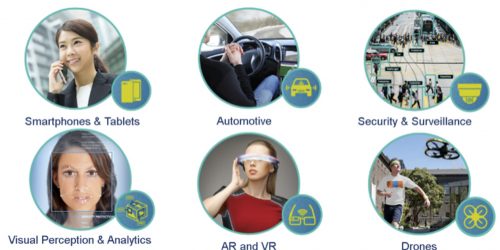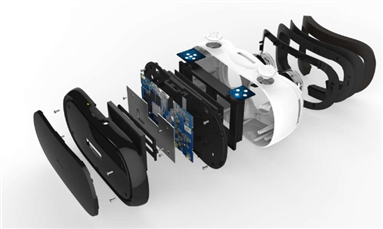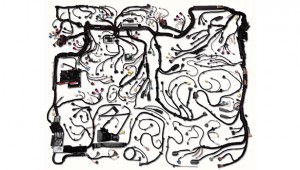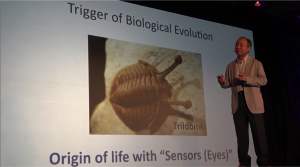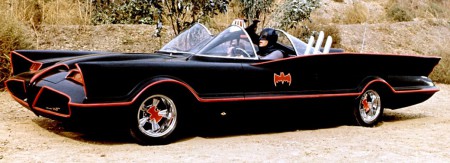Deployable Artificial Neural Networks Will Change Everything
This blog post was originally published in the mid-February 2017 edition of BDTI's InsideDSP newsletter. It is reprinted here with the permission of BDTI. In recent months, evidence has continued to mount that artificial neural networks of the "deep learning" variety are significantly better than previous techniques at a diverse range of visual understanding tasks. […]
Deployable Artificial Neural Networks Will Change Everything Read More +


